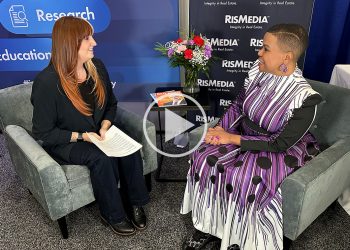RISMEDIA, August 1, 2009-PriceGrabber.com, a part of Experian, explores the impact of the economy on online consumer behavior in its latest Consumer Behavior Report, Economic Trends in Consumer Spending. Results are based on a survey of 3,156 online consumers conducted over the past two months. Survey data revealed that most consumers are cutting back as a result of the economy and that the economy has affected men and women differently.
Consumers are more focused on saving now compared with six months ago.
Even with rumors that the recession could be bottoming out, consumers are cutting back even more than they were six months ago. PriceGrabber.com’s June 2009 survey revealed that 67% of consumers are making a concerted effort to spend less, compared with 57% of consumers who were cutting back in PriceGrabber.com’s January 2009 survey (conducted from Jan. 6-13; 1,545 respondents)- revealing a 10% increase. The June survey also found that of the consumers who have changed their spending habits in the last year, 90% said they still will use their saving strategies after the economy improves by continuing to live with a conservative mentality.
Women are cutting back more than men
While the recession has impacted consumer spending as a whole, women have made a greater effort to cut back than men. When respondents were asked to indicate how the state of the economy has affected their spending in specific categories, 74% of women indicated that they are spending less on eating out, compared with 66% of men; 72% of women are spending less on entertainment outside the home, compared with 64% of men; 55% of women are purchasing less online, compared with 42% of men; and 69% of women are buying less in stores, compared with 59% of men.
Men and women diverge on the definition of “necessities”
Men and women not only differ on where they are cutting back, but they also differ in their definitions of “necessities.” When consumers were asked which of the following items qualified as a “necessity” – defined as “an item that they cannot live without” – men were more likely than women to view technology items as necessities. For example, 88% of men and 79% of women indicated a personal computer or laptop as a necessity; 73% of men and 64% of women indicated a high-speed Internet connection as a necessity; and 20% of men and 10% of women indicated a flat screen television as a necessity.
For more information, visit www.experianplc.com.










